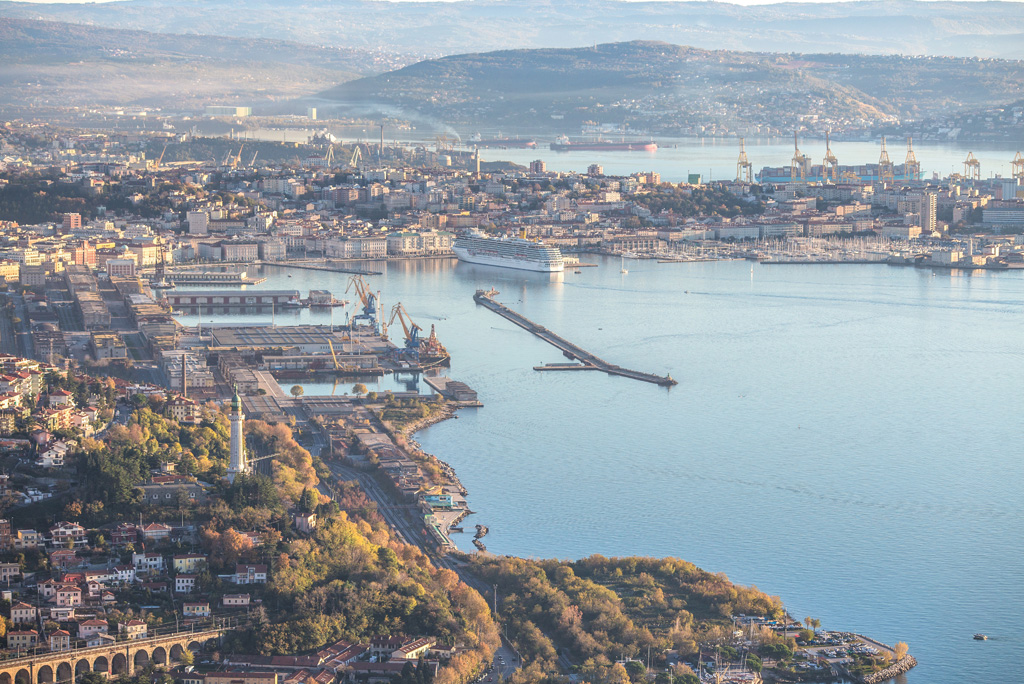Regional engagement and new clusters connected to regional specialisation areas
Italy
Friuli Venezia Giulia (2016)
S3 has resulted in a more positive engagement between the authorities and innovation actors within our region. In particular, links with the local universities and business communities have been strengthened. For example, the University of Trieste mapped the skills and enabling technologies within its various departments against the regional S3 priorities. Similarly, the University of Udine has produced an overview of the skills existing within their institution and its potential contribution to training, research and technology transfer. Finally, the International School for Advanced Studies has offered support with a focus on "Strategic supply chains" and "Smart health".
Our efforts to foster cooperation between research and business and align government intervention with territorial dynamics have resulted in the identification of five new regional clusters, generating a driver of change.
The process has been particularly successful in the field of Maritime Technologies. Actors related to the theme 'Sea' where among the most active in the entrepreneurial process of discovery. This was based on the institutional environment built by previous programmes, especially the establishment of the Naval and Yachting Technology District - DITENAVE and the related Sea Training Center, both focused on maritime technologies and the related human capital development.
Cooperation with the regional government has triggered an enlargement of the role of the District to other areas such as offshore and specialized supply chains, transport, logistics, and services for navigation and yachting. Its mission has also become more externally orientated, renaming the District as the Maritime Technology Cluster FVG – MareTC FVG, and this has already attracted new companies and representatives from research and industry associations.
Our efforts to foster cooperation between research and business and align government intervention with territorial dynamics have resulted in the identification of five new regional clusters, generating a driver of change.

